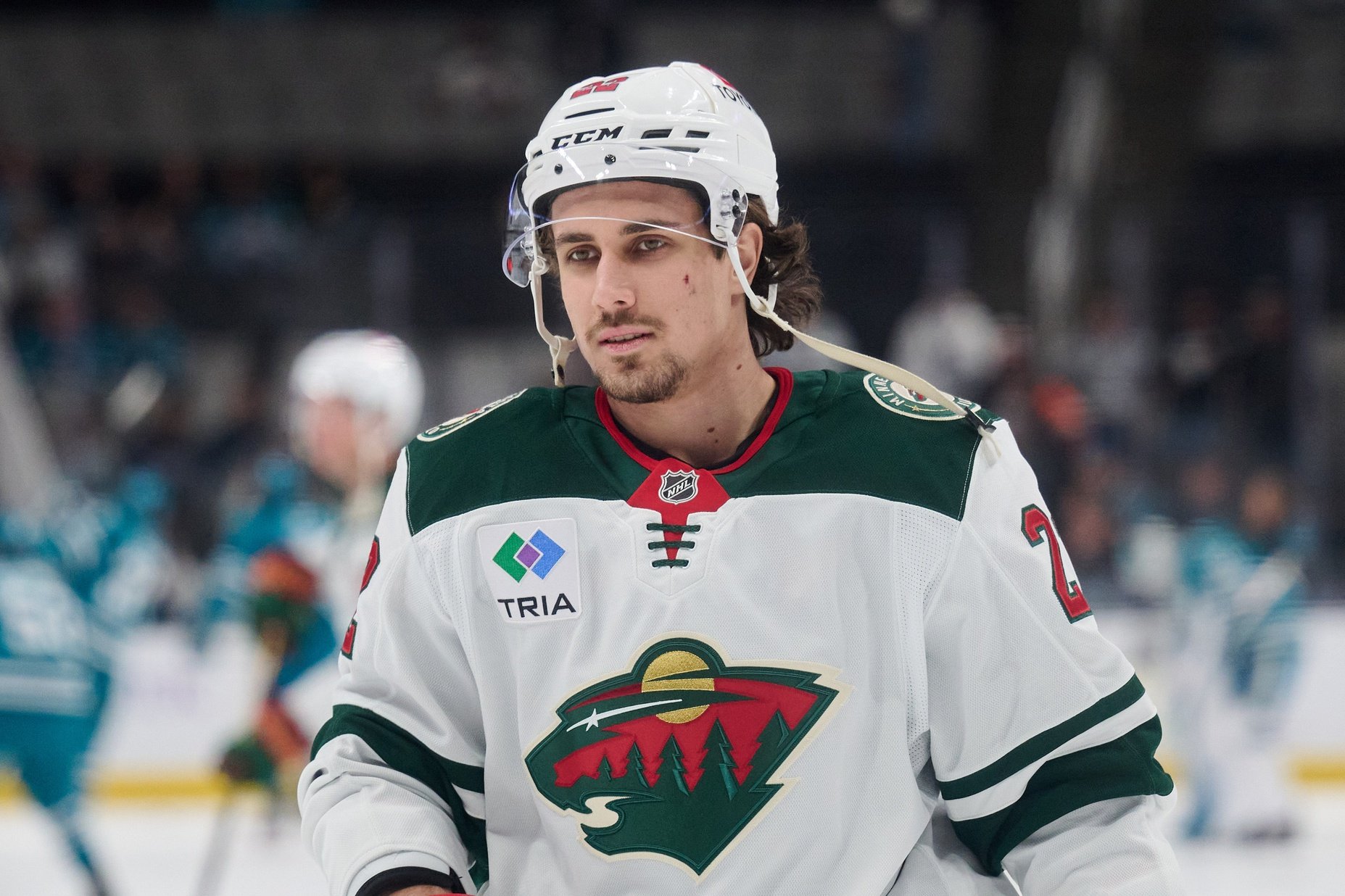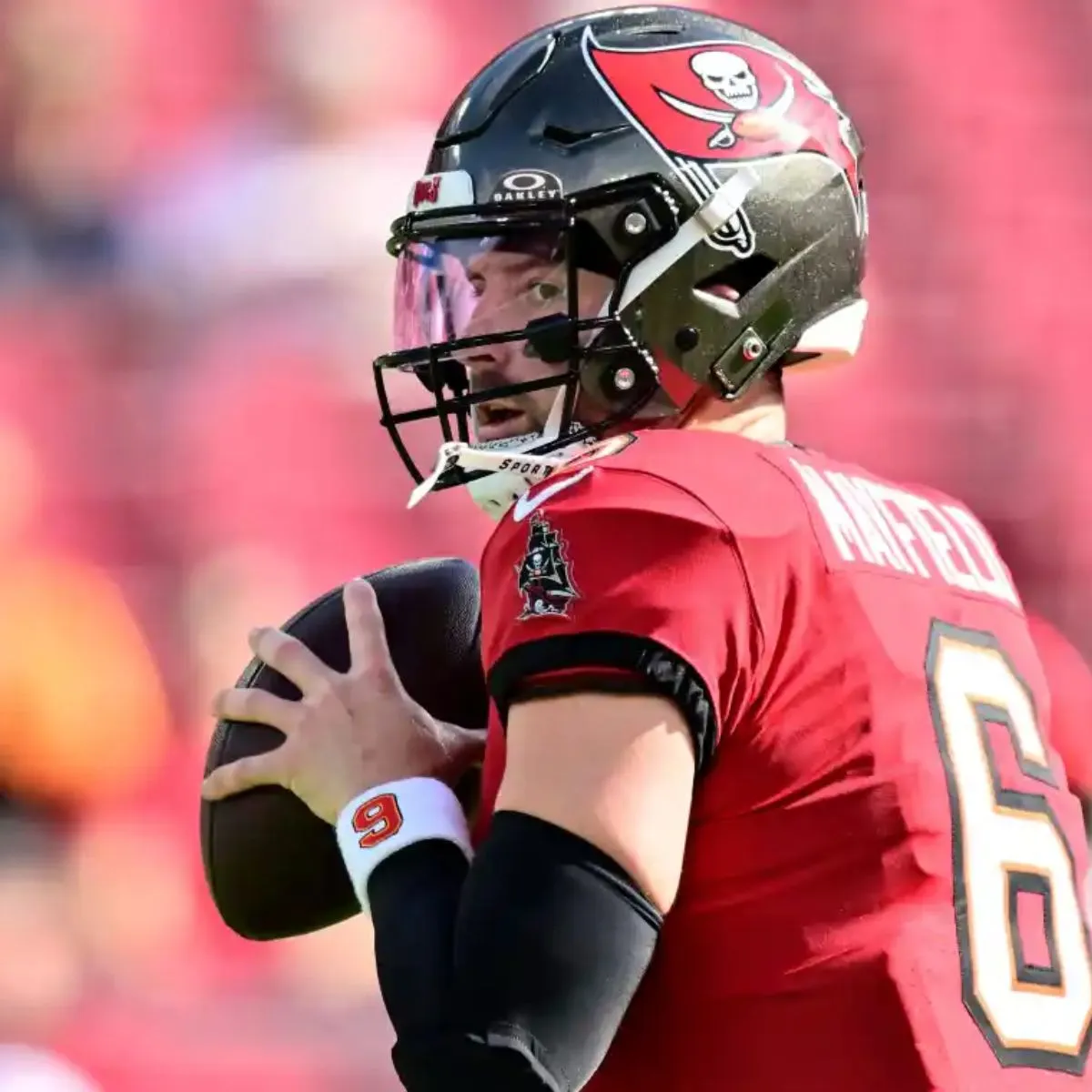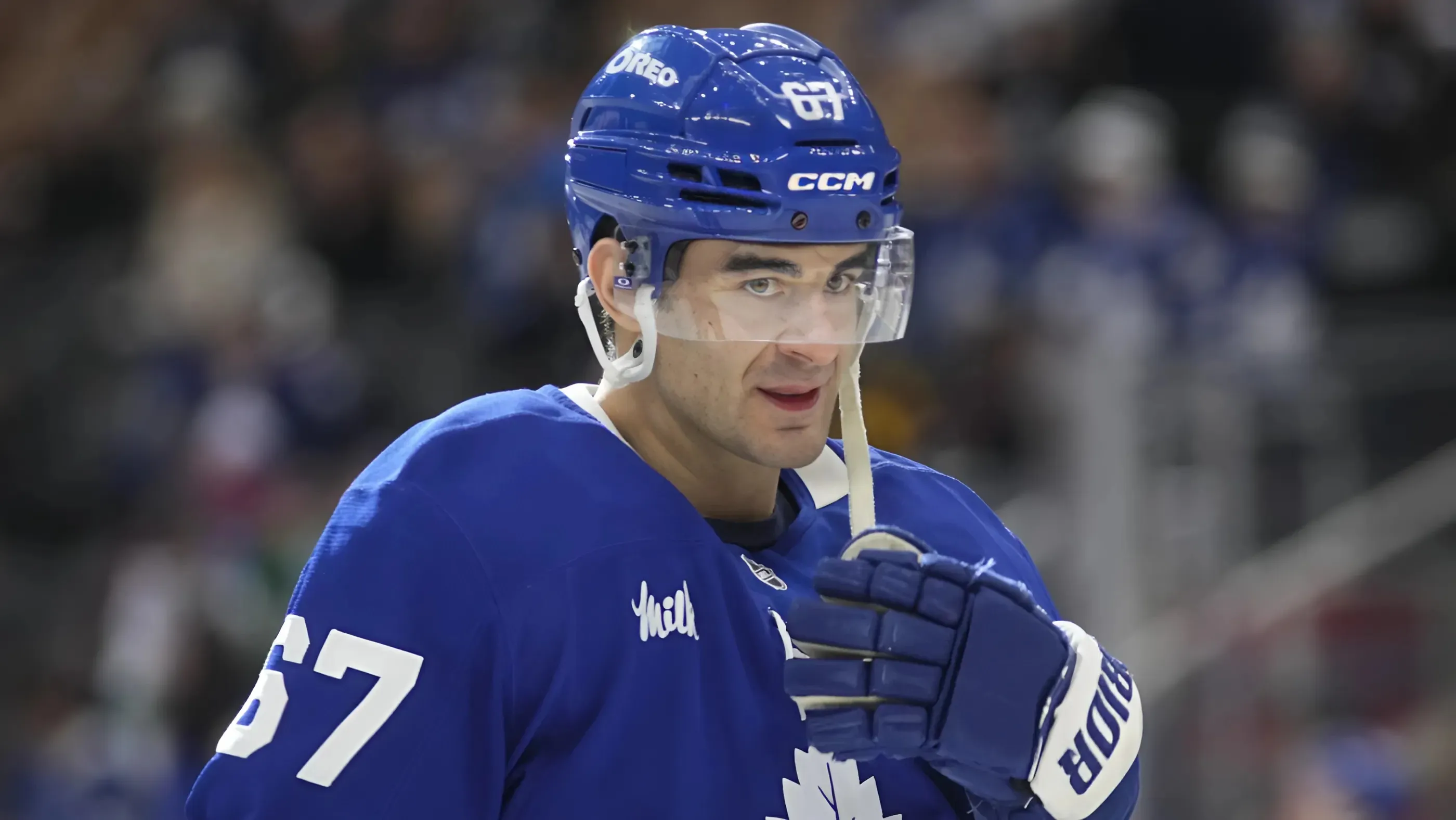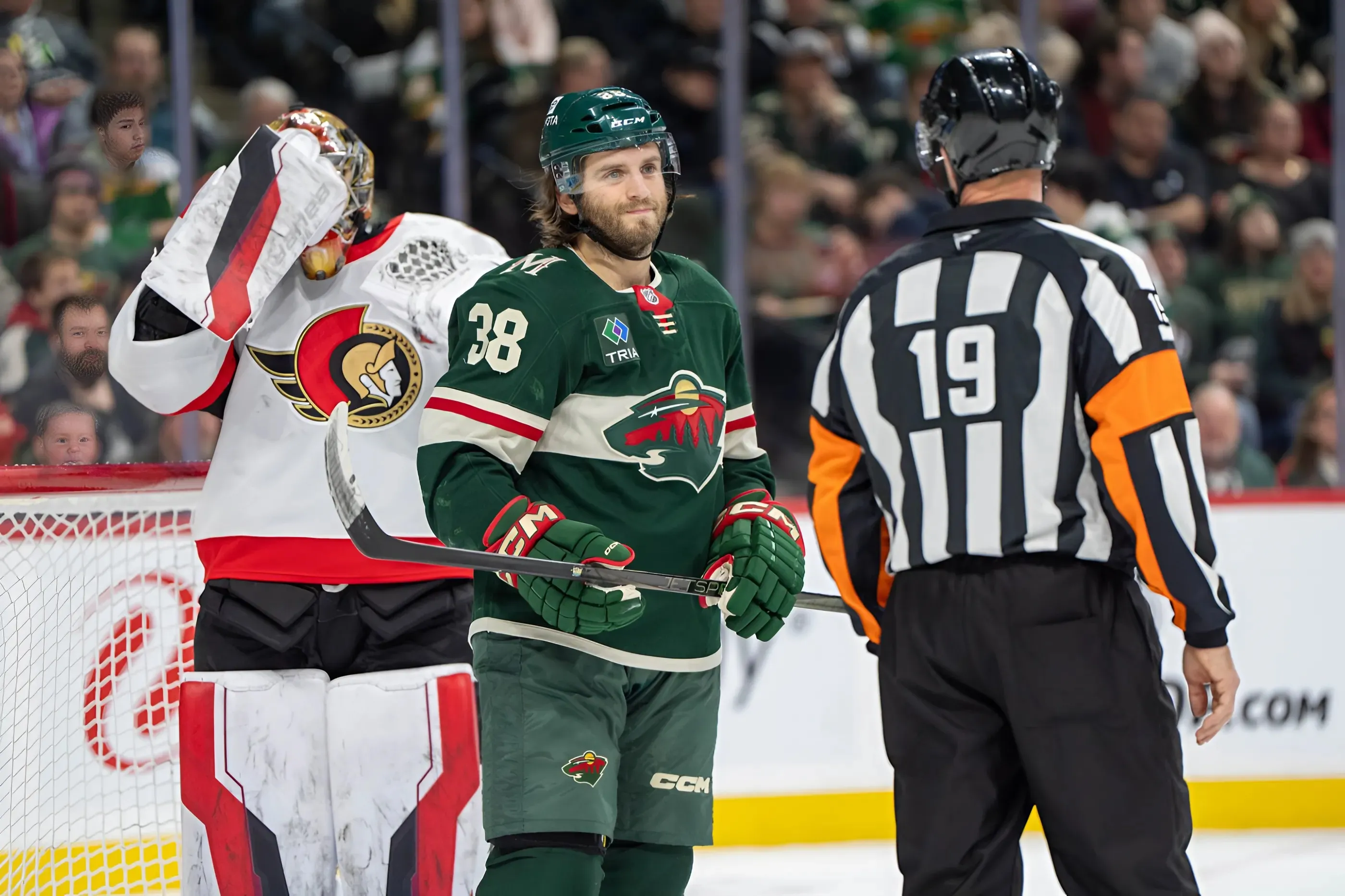A lot went wrong in the Minnesota Wild’s game against the Ottawa Senators on Saturday, but Marat Khusnutdinov wasn’t an issue. The 4th line forward recorded a 0 plus/minus despite a 6-0 loss. However, the goal visualizer and film showed Khusnutdinov on the ice for the 5th goal against.

Khusnutdinov is in his second season with the Wild. The Russian forward has 2 goals and 3 assists over 51 games this season, with a 10:59 Time of Ice/Game (TOI/G) average. First-line forwards average closer to 20 minutes per game. For example, Kirill Kaprizov averages 22:25. He hasn’t driven offense for Minnesota but hasn’t seen much ice time.
Khusnutdinov played 16 games after arriving from Russia last year, netting 1 goal and 3 assists. He spent most of the season developing in the KHL, where he has played since 2021-22. He played 6 games for SKA St. Petersburg and 49 for HK Sochi, producing 20 points over the season.
Many players develop in other leagues before their NHL careers, primarily in the AHL. The KHL is a similar caliber league but there are some key differences. The KHL has bigger rinks, and the players focus more on passing and skills than physicality. Therefore, Russian players who succeed in the NHL are more skilled than physical. Their game usually translates as long as the player can handle a hit once they come to the NHL. Former KHL players are likely better conditioned from the bigger rink but are used to having more time to react due to a larger space.
Khusnutdinov’s overseas development prevented him from playing with players in Minnesota’s system or against many future opponents. While this can make acclimating to a new roster more difficult, Khusnutdinov seems to have fit in with Minnesota’s roster.
The success of Minnesota’s other KHL alumni created a blueprint for Khusnutdinov. Kirill Kaprizov spent 6 years in the KHL before coming to the NHL in 2021-22 and put up 51 points over 55 games in his first season.
Still, Kaprizov had more KHL development time. He was 23 when he came to the US, a year older than Khusnutdinov is now. The Wild also chose Danila Yurov in the first round (22nd overall) in the 2024 draft, suggesting they value players with KHL experience.
Khusnutdinov’s biggest problem seems to be his lack of mistakes. He only spent 12:27 on the ice in Ottawa and killed 3 penalties. The goal against was during his 4th kill. Khusnutdinov didn’t make any meaningful mistakes because he played a very safe game.
Khusnutdinov’s lack of physicality is a result of his KHL background. He ranks 10th for hits on the Wild, with 37 over 50 games. While 10th might not seem that low, all the forwards below him either play far fewer games or have many more points.
Most of the time, Khusnutdinov won’t take the body. However, Khusnutdinov has only 12 penalty minutes this season and 6 last year.
Usually, if the Wild forward isn’t going to score goals, he needs to be more difficult to play against. However, I don’t think that’s the role Hynes has in mind for him. If Hynes wanted Khusnutdinov to be a heavy hitter or thought he needed more physicality in his game. If that were the case, maybe he would give him more ice time in Iowa.
Instead, Hynes wants Khusnutdinov to adjust to the speed of the NHL and trusts him to keep the puck out of the net while the more experienced players get a rest.
Khusnutdinov looked timid early in the Senators game. A Minnesota defenseman passed the puck up the boards to him, which he missed. The puck ended up bouncing back to him, and in the time it took him to corral it, Ottawa players closed in on him. He still had a little room to skate but chose to pass it back to his defense. It wasn’t a bad play, as it kept Minnesota in control of the puck. However, a more confident player would have skated with it or dumped into the zone and chased.
When Khusnutdinov does carry the puck, he makes a giant loop back instead of going into pressure. That gives him time and opens up the ice, but it also allows more defenders to get in front of him.
As the game progressed, Hynes played Khusnutdinov more. He got bolder once the game was out of hand and carried the puck more. However, he still chose to go for a pass over shooting if a defender was in front of him.
Like most 4th liners, Khusnutdinov is in a tricky spot. To make really great plays, players must take bigger risks. Top NHLers make passes that get picked off or shut down on a puck carry all the time. It’s just less noticeable because they can recover quickly.
They also do it so often that they succeed on some of them, resulting in highlight reel plays. However, a bad mistake could mean less ice time or a demotion to the AHL for a less proven player. The usual role of a 4th liner is to make the safe play so the goal scorers can rest, so Khusnutdinov can’t always try to dangle either.
Even with a less aggressive style of play, Khusnutdinov’s good hockey sense gets him on the scoresheet. Last Wednesday, the forward scored the first goal in Minnesota’s win against the Toronto Maple Leafs by being in the right spot.
19 ➡️ 94 ➡️ 22 🙌 pic.twitter.com/f1uNn7m3tN
— Minnesota Wild (@mnwild) January 30, 2025
The Russian seems to always opt for safer play instead of taking chances. In terms of his physicality, lack thereof is for the best. Hynes wants his skills over brute force. Despite not making it onto the score sheet too often, Khusnutdinov shows potential through his smart plays. However, he needs to work on his reaction time and make risky plays to produce more and move up the ranks.



-1743815579-q80.webp)